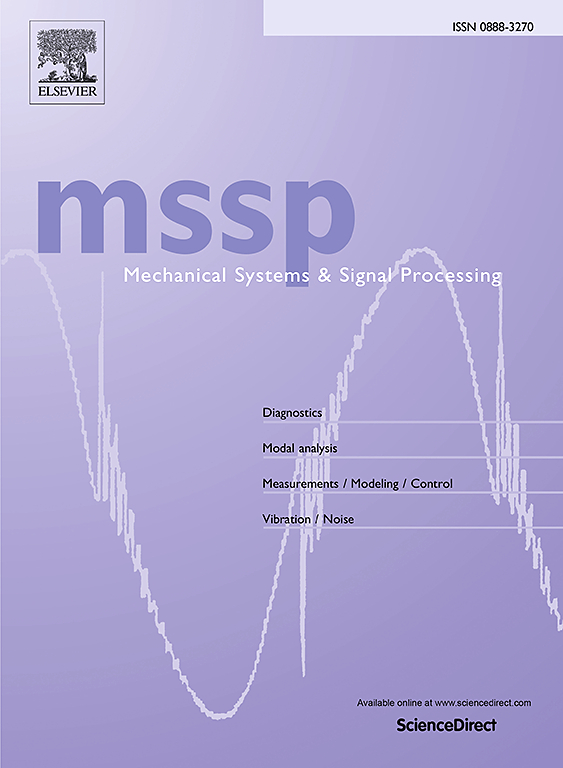Extrapolating from one: A pseudo multi-view fusion approach for enhanced out-of-distribution detection in fault diagnosis
IF 7.9
1区 工程技术
Q1 ENGINEERING, MECHANICAL
引用次数: 0
Abstract
With outstanding performance, deep learning-based fault diagnosis methods have achieved many excellent results. However, these performances are fragile due to their high dependence on the assumption that data are independent and identically distributed (IID). Once the model diagnoses out-of-distribution(OOD) as an IID, it leads to unreliable diagnostic results. Although it is a reliable way to achieve OOD detection by information increment through multiple sensors, it cannot be applied in practice due to the requirement of single sensor in industrial scenarios. Thereby, combined with Dempster–Shafer theory and evidential deep learning, we propose a Pseudo-Multiview Fusion (PMvF) approach for OOD detection in fault diagnosis. PMvF aims to improve the reliability of diagnostic results by leveraging the advantages of information fusion without adding additional inputs. PMvF calculates the uncertainty in the both time and frequency domains of the single sensor and constructs fusion rules to obtain uncertainty from multiple perspectives to analyze the input. A series of experimental results validated the effectiveness of PMvF, which significantly reduced the OOD false detection rate (FPR95 decreased by 49.1%). PmvF provides a feasible novel paradigm for improving the reliability and overall performance of the model.
求助全文
约1分钟内获得全文
求助全文
来源期刊

Mechanical Systems and Signal Processing
工程技术-工程:机械
CiteScore
14.80
自引率
13.10%
发文量
1183
审稿时长
5.4 months
期刊介绍:
Journal Name: Mechanical Systems and Signal Processing (MSSP)
Interdisciplinary Focus:
Mechanical, Aerospace, and Civil Engineering
Purpose:Reporting scientific advancements of the highest quality
Arising from new techniques in sensing, instrumentation, signal processing, modelling, and control of dynamic systems
 求助内容:
求助内容: 应助结果提醒方式:
应助结果提醒方式:


